UREA (KERATOLYTIC) - TOPICAL
PHONETIC PRONUNCIATION: (ue-REE-a)
COMMON BRAND NAME(S): Kerafoam, Keralac, Kerol, Umecta
GENERIC NAME(S): urea
Uses
USES: Urea is used to treat dry/rough skin conditions (e.g., eczema, psoriasis, corns, callus) and some nail problems (e.g., ingrown nails). It may also be used to help remove dead tissue in some wounds to help wound healing. Urea is known as a keratolytic. It increases moisture in the skin by softening/dissolving the horny substance (keratin) holding the top layer of skin cells together. This effect helps the dead skin cells fall off and helps the skin keep more water in.
How to use UREA (KERATOLYTIC) - TOPICAL
HOW TO USE: Use this product as directed. Follow all directions on the product package and prescription label. If you are uncertain about any of the information, consult your doctor or pharmacist. Some products need to be shaken well before use. Check the label to see whether you should shake the bottle. Apply to the affected areas of the skin/nails, usually 1 to 3 times a day or as directed by your doctor. Rub in well until absorbed. Wash your hands after applying unless you are treating the hands. How often you apply the medication will depend on the product and your skin condition. Apply to the skin/nails only. Avoid sensitive areas such as your eyes, lips, inside your mouth/nose, and the vaginal/groin area, unless your doctor directs you otherwise. Ask your doctor or check the label for directions about any areas or types of skin where you should not apply the product (e.g., the face, broken/chapped/cut/irritated/scraped skin, or recently shaved skin). Ask your doctor if you should cover the treated area with a bandage or gauze. Consult your doctor or pharmacist for more details. Use this medication regularly to get the most benefit from it. Tell your doctor if your condition persists or worsens.
Side Effects
Precautions
Interactions
Overdose
Images
Reviews
Faq for UREA (KERATOLYTIC) - TOPICAL
Urea (Keratolytic) - Topical is used to treat and prevent dry, rough, and scaly skin conditions such as eczema, psoriasis, and calluses.
Urea works by increasing the amount of water in the skin, which helps to soften and moisturize it. It also helps to break down and remove dead skin cells.
Apply a thin layer of the cream or ointment to the affected area and gently massage it into the skin until absorbed. Use it as directed by your doctor or as indicated on the label. Avoid applying it to broken or infected skin.
Common side effects may include skin irritation, redness, and stinging. If these symptoms persist or worsen, consult your doctor. Serious side effects are rare but seek immediate medical attention if you experience any severe allergic reactions.
You should avoid using Urea (Keratolytic) - Topical on your face unless specifically instructed by your doctor. It is primarily meant for use on the body.
It is always recommended to consult with your healthcare provider before using any medication during pregnancy or while breastfeeding to assess the potential risks and benefits.
The effects of Urea (Keratolytic) - Topical may vary depending on the individual and the severity of the skin condition. It may take several days to weeks to see noticeable improvements.
Before using any other skincare products concurrently, it is advisable to consult with your doctor or pharmacist to ensure compatibility and minimize the risk of any adverse interactions.
The use of Urea (Keratolytic) - Topical on children should be done under the guidance and supervision of a healthcare professional. Safety and appropriate dosing may vary depending on the child's age and condition.
Disclaimer
IMPORTANT: HOW TO USE THIS INFORMATION: This is a summary and does NOT have all possible information about this product. This information does not assure that this product is safe, effective, or appropriate for you. This information is not individual medical advice and does not substitute for the advice of your health care professional. Always ask your health care professional for complete information about this product and your specific health needs.
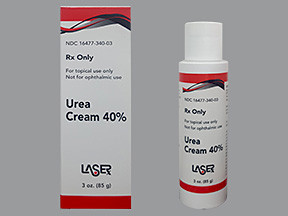

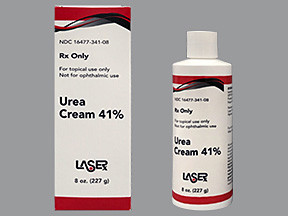
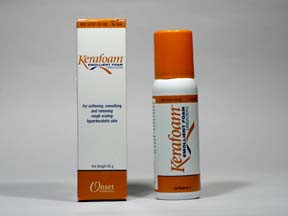
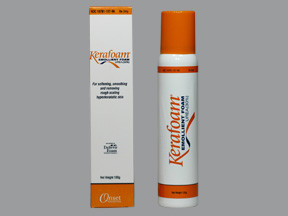
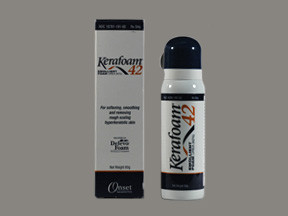
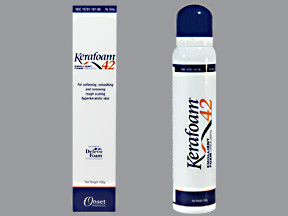
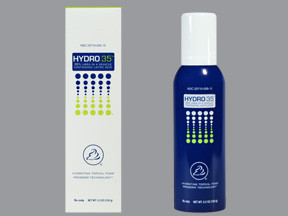
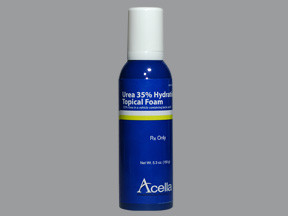
No Reviews Yet